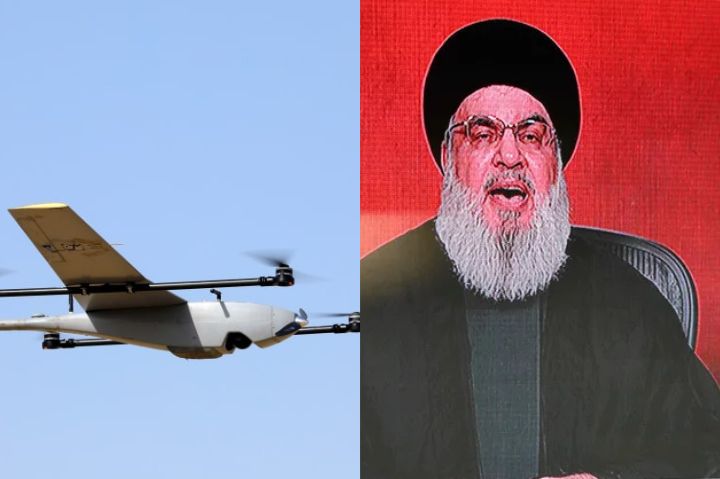In a stunning blow to Israel’s defenses, a Hezbollah drone attack slipped past the Iron Dome and detonated in a mess hall at Binyamina military camp, killing four Israeli soldiers from the elite Golani Brigade and injuring over 60 others. The IDF is scrambling for answers, launching an investigation to find out how this drone—a slow-moving, Hezbollah-operated UAV—managed to evade Israel’s renowned missile defense system without triggering air raid alarms.
Hezbollah’s media office quickly issued a chilling statement: “The dining rooms of Israeli soldiers have become death traps,” suggesting that worse could be on the horizon if Israel continues what Hezbollah calls “aggression.” This provocative message, coming on the heels of a series of escalating cross-border attacks, has left Israeli military strategists in a state of urgency as they try to uncover the weak link in the Iron Dome’s coverage.
In response, Israel has amplified its countermeasures, with the United States pledging additional air-defense resources to boost protection amid fears of more sophisticated attacks on critical infrastructure. The incident has triggered discussions in military circles about the adaptability of current defenses and whether the Iron Dome, typically effective against faster, short-range rockets, might face challenges with slower, hard-to-detect drones.
As Israeli forces intensify their operations in both Lebanon and Gaza, the conflict seems poised to escalate further, with both sides signaling a readiness for prolonged and intensified warfare.












